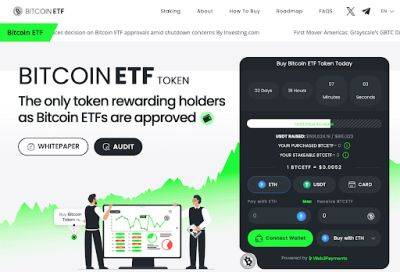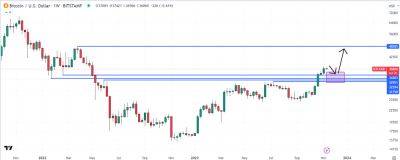Data highlights Bitcoin’s potential path to $40K amid global economic turbulence
Bitcoin (BTC) has been trading within a narrow 4.5% range over the past two weeks, indicating a level of consolidation around the $34,700 mark.
Despite the stagnant prices, the 24.2% gains since Oct. 7 instill confidence, driven by the impending effects of the 2024 halving and the potential approval of a spot Bitcoin exchange-traded fund (ETF) in the United States.
Bears expect further macroeconomic data supporting a global economic contraction as the U.S. Federal Reserve holds its interest rate above 5.25% in order to curb inflation. For instance, on Nov. 6, Chinese exports shrank 6.4% from a year earlier in October. Furthermore, Germany reported October industrial production down 1.4% versus the prior month on Nov. 7.
The weaker global economic activity has led to WTI oil prices dipping below $78 for the first time since late July, despite the potential for supply cuts from major oil producers. U.S. Federal Reserve Bank of Minneapolis President Neel Kashkari’s remarks on Nov. 6 set a bearish tone, prompting a “flight-to-quality” response.
Kashkari stated:
Investors have sought refuge in U.S. Treasurys, resulting in the 10-year note yield dropping to 4.55%, its lowest level in six weeks. Curiously, the S&P 500 stock market index has reached 4,383 points, its highest level in nearly seven weeks, defying expectations during a global economic slowdown.
This phenomenon can be attributed to the fact that the firms within the S&P 500 collectively hold $2.6 trillion in cash and equivalents, offering some protection as interest rates remain high. Despite increasing exposure to major tech companies, the stock market provides both scarcity and dividend yield, aligning with investor preferences during times of uncertainty.
Meanwhile,
Read more on cointelegraph.com






















